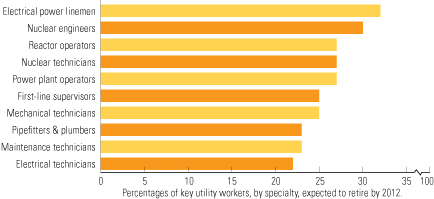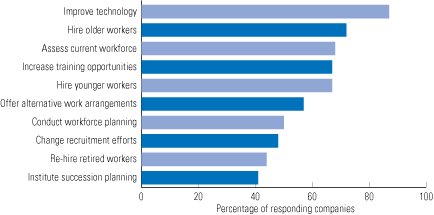"Audentis Fortuna iuvat"
(Fortune favors the bold)
-Virgil
That said, some upfront thinking and informed planning with built-in checkpoints can make "early mover" a winning proposition, not a eulogy. Not all pioneers take the arrows. Some get the land.Andy notes that the SGIG winners may find themselves regretting their good fortune, as the influx of Government funding for shovel-ready projects is driving the installation of tens of thousands of meters, none of which can possibly have met the federal standards for such meters, since those standards don't really exist yet. Last Wednesday (January 20, 2010) NIST released the first non-draft version of their Interoperability Guide, and which tried to make more manageable the release of a wide variety of standards with which it was charged:
Some are needed more urgently than others. To prioritize its work, NIST chose to focus initially on standards needed to address the priorities identified in the Federal Energy Regulatory Commission (FERC) Policy
Statement, plus additional areas identified by NIST. The eight priority areas are:
- Demand Response and Consumer Energy Efficiency
- Wide-Area Situational Awareness
- Energy Storage
- Electric Transportation
- Advanced Metering Infrastructure
- Distribution Grid Management
- Cyber Security
- Network Communications
So much of this early growth within the Smart Grid community was already foreseen and planned, I think that the idea of waiting interminably for more data is an overly conservative strategy. To my viewpoint, much of the SGIG funding is the government writing checks to get out in front of a parade that is already moving. Looking for "Shovel-ready" projects is a way for the government to locate initiatives that had already been thought through, that were likely already justifiable from simple cost-savings on labor and system downtime, and which were unlikely to be anything particularly ground-breaking or risky. No bureaucrat is ever looking for the headline, "SGIG Tax Dollars Burnt to Heat Up Smart Grid Market".
For those who have intentionally hung back, I would encourage a little more briskness in their steps. There are risks, as well, to being overly cautious:

- There truly is a land grab ongoing in the leadership space for Smart Grid adoption, and/or
- There are appreciable cost-savings one can see today with AMR/AMI implementations, and/or
- The standards to come will likely be generated from the experiences of those actually moving the Smart Grid forward, therefore naturally favoring them






